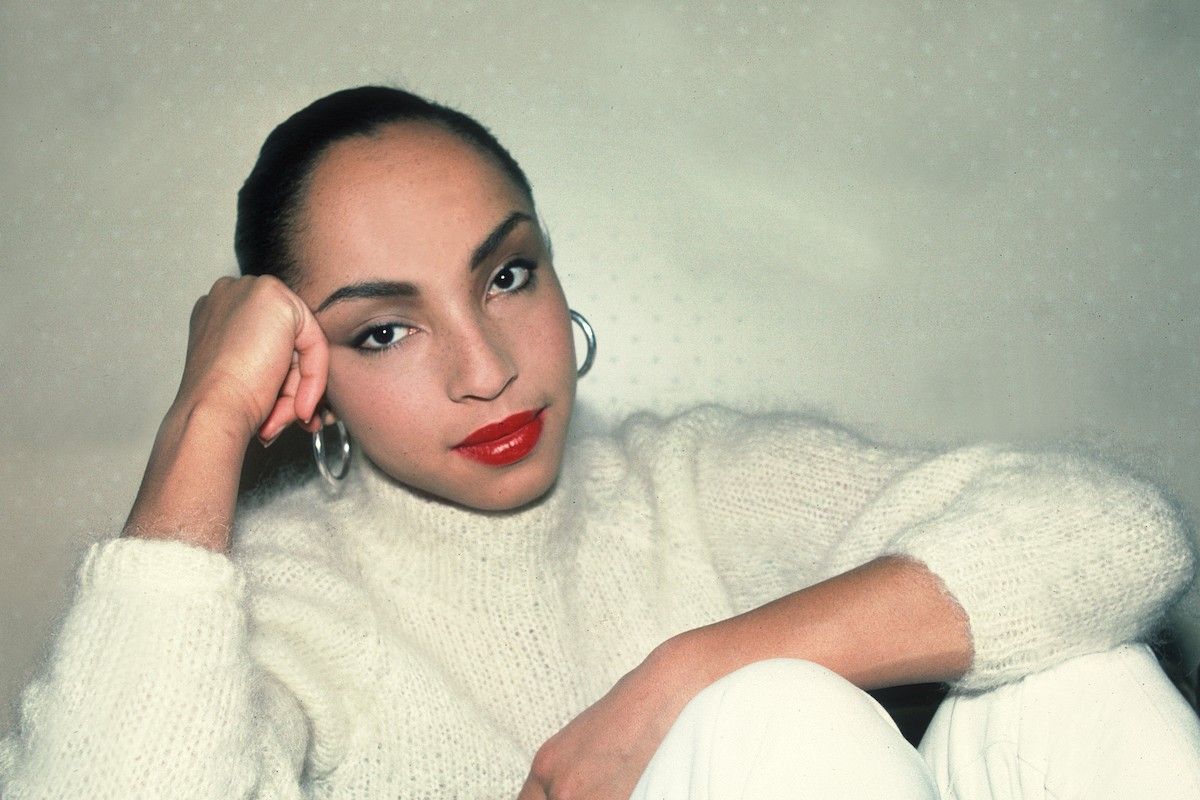
Sade neo-soul
No discussion of the blurring of genre boundaries can go without mention of Sade. Photo Credit: Paul Natkin/Getty Images
To continue reading
Create a free account or sign in to unlock more free articles.
By continuing, you agree to the Terms of Service and acknowledge our Privacy Policy
Register
The content is free, but you must be subscribed to Okayplayer to continue reading.
THANK YOU FOR SUBSCRIBING
Join our newsletter family to stay tapped into the latest in Hip Hop culture!
Login
To continue reading login to your account.
Forgot your password?
Please enter the email address you use for your account so we can send you a link to reset your password:

Neo-soul wasn't always such a nebulous category of music. Hard to believe, but there was a time when everything from late-daisy age rap to jazz-anchored R&B didn't fit so neatly under one banner. How the umbrella term was conceived (and by whom) is still a point of contention. This much is clear, though: artists who were stamped with it have mostly grown to distance themselves from the classification. But as hard as it is to blame them, it's even more difficult to examine the transformation of black music in the early '90s and not empathize with the critics and pedestrians (and, yes, major label marketing departments) struggling to describe the moment.
According to an interview with D’Angelo in 2014, “Neo-soul” was coined by Kedar Massenburg, a former Motown Records executive who served as president of the label between 1997 and 2004. Managing Erykah Badu and the rising Virginia singer in the mid-'90s, Massenburg hoped to set his clients apart from the rest of the landscape by inventing his own catchy sub-genre, effectively creating the Web 3.0 of R&B. By any set of metrics, Massenburg’s effort was a success. The debut albums of both D’Angelo and Badu were commercially and critically adored. Suddenly, neo-soul had its breadwinners. But it seems important to note that despite the genuine innovations heard on those albums, their respective follow-ups, and the dozen or so associated with the movement, the maturation (and to a certain degree, mystification) of R&B predates the mid-'90s public relations push.
The source code of neo-soul is scattered across a number of genre-defiant projects that pushed, and eventually broke, boundaries in the first half of the '90s, allowing for a subsequent generation of soulful misfits to pick up where they left off. Some are obvious predecessors who channeled aspects of bygone eras as well as their own into modern masterpieces. Some found themselves as core members of the Soulquarian collective, an expansive, interdisciplinary crew of musicians and producers who popularized neo-soul and later fought to distance themselves from it. Others are simply (perhaps criminally) overlooked contributors to a foundation expanded on by their successors just a few years down the line. But they're all pillars in their own right. And the genre wouldn't exist without them.
Here are five albums that made neo-soul possible.

No discussion of the blurring of genre boundaries can go without mention of Sade. By 1992, the Nigerian R&B auteur had already explored the intersections of subdued jazz, ballad pop, and melancholy during a decade of electrified funk, stadium rock, and uncomfortably casual cocaine use. But on her fourth studio album, Love Deluxe, the singer taps into something (or somewhere) else entirely. Air-tight melodics wash over warm, wide, and lush synth scapes, threaded by crisp, dry, and lanky, drum programs, capturing the sacred blend of digital compression and analog hiss revisited and expanded upon later in the decade during the legendary Soulquarian sessions at Electric Lady Studios.

Though it's probably more New Jack Swing bookend than "Shit, Damn, Motherfucker" prototype, the third studio album from Tony! Toni! Toné! is responsible for the revival and reintegration of two key R&B elements: country twang and funk. On 1993's Sons of Soul, the family band's penultimate album, the synthesis is palpable and catchy as hell, stitching humor and heartbreak into slinky guitar riffs and gospel melodies. It also provides the strongest case study on the sonic architecture and influence of Raphel Saadiq, who, just two years later, would find himself in the studio helping D'Angelo put the finishing touches on Brown Sugar (one the first albums to be marketed as "neo-soul").

If R&B's political reawakening can be traced to a single point, it's probably Me'shell NdeGeocello's debut album. A cool, clavichord-and-rhodes-soaked suite of spoken word and heavy hooks, Plantation Lullabies is the genre-agnostic and widely overlooked checkpoint between Prince's funk-forward Sign O' The Times, Sade's full-melt Love Deluxe, and what would become neo-soul's more concentrated clustering later in the decade.

Despite conventional tellings of its origins, neo-soul is not a uniquely American occurrence in the R&B canon. And Omar's For Pleasure is as crucial a touchpoint in the broadening of the genre's sonic and geographical map as anything released in the '90s. Equal parts Brown Sugar preamble and R&B's answer to Midnight Marauders, the UK singer's debut album is arguably the first time you can hear all of the pieces assembled in one place. The jazz cues, the swelling symphonics, and the polished callbacks to classic R&B records from the '60s and '70s, are all accounted for on this gorgeous, easy-burning sequence.

There's a reason J Dilla is widely considered the rhythmic and spectral center of the Soulquarians. Guarded like a masterwork at the Louvre, the producer's beat tapes were instantly understood to have unlocked a sonic blueprint the collective didn't know it was seeking. And while the tapes made the rounds amongst the movement's rap ranks, with drums untethered from the grid, samples studiously chopped and slopped, and a low-end mastery rivaling any bass god of the era, it was the production Dilla provided for his own group's hyper swung introduction, Fantastic Vol. 1, that pushed the nascent genre into its final crystallized form.